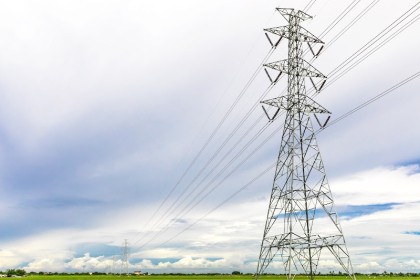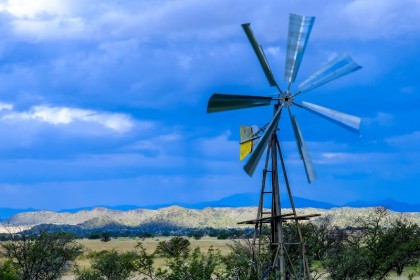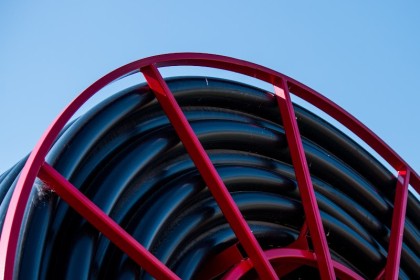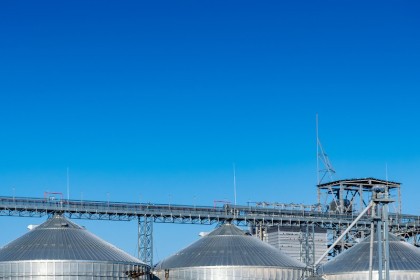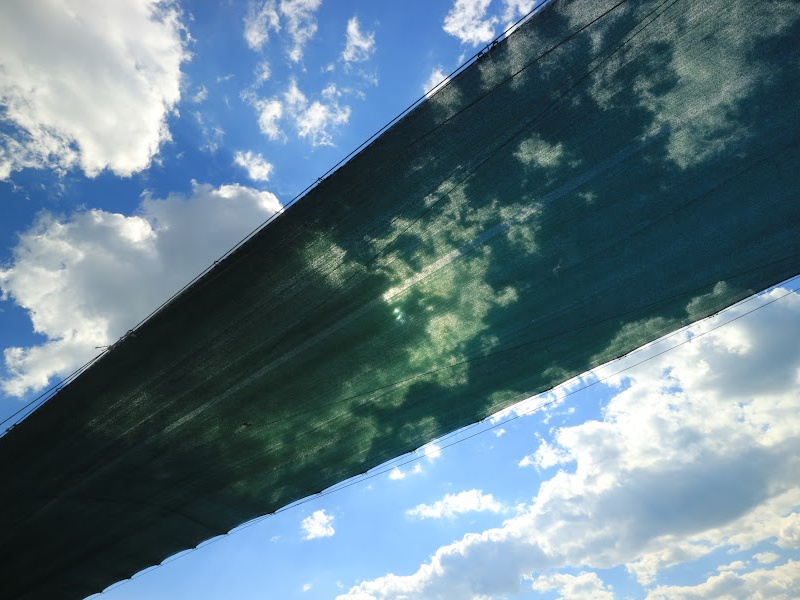
Synthetic Fabrics In Agriculture: The Power Of A Shade Net
Unearth the significance of a shade net in agriculture. Learn how synthetic fabrics boost plant growth and increase crop yield.
Increased incidents of hail, scorching temperatures and damaging winds have made it more important for farmers to invest in agricultural protection technologies, like shade nets. This article will discuss synthetic fabrics in agriculture, with a focus on the shade net.
What Is A Shade Net?
A shade net is a polyethene fabric with an open weave structure that provides a barrier against extreme weather conditions and helps maintain soil moisture and temperature for optimal crop growth. Shade nets not only impact the production of crops but also the quality of the crop.
Where In Agriculture Can A Shade Net Be Put To Use?
Synthetic fabrics like shade nets are often used in the following areas of agriculture.
- Greenhouses
- Vegetable Crops
- Fruit trees
- Cattle Sheds
- Poultry Houses
- Floriculture
- Plant Nurseries
Types Of Shade Nets
There are two common types of shade nets you can choose from, each with its own unique properties.
A Knitted Shade Net:
A knitted shade net is made of lightweight polyethene that resists hail, wind damage and reduces the building up of heat. It is also UV-stabilized, which makes it ideal for greenhouse applications, and the life expectancy is better than that of a woven shade net.
A Woven Shade Net:
A woven shade net is made of heavier polyethene and offers better protection from rain and hailstorms, as well as the sun's UV rays and wind damage. It is also ideal for outdoor use, and its life expectancy is lower than that of a knitted shade net.
When you need to decide between the two types of shade nets, it really depends on the particular needs, conditions, and crop type on your farm. Remember that each net also comes with different densities.
The Densities Of A Shade Net
It is important to consider which density shade net you choose, as this can determine whether it will provide the desired amount of light, shade and protection for your crops. Densities are measured in terms of percent (%) and range from 20% to 90%.
- 20%-30% - Provides the least amount of shade netting. It should be used on crops that flourish in the sun.
- 40%-50% - Preferable for flower plants such as orchids.
- 60% - Perfect for delicate crops that are easily susceptible to damage from the sun, wind and hail.
- 70%-90% - Provides the most amount of shade netting and should be used for crops prone to heat damage.
Benefits of Using An Agriculture Shade Net
Using an agriculture shade net can bring many benefits to your crops. Take a look below at some of them:
Crop Yield Improvement:
Shade nets can increase crop yield significantly. This is because it helps protect crops from the harsh sun and wind damage, as well as providing an ideal environment for growth.
Temperature Control:
The use of a shade net helps to keep temperatures at optimal levels, which increases the rate of metabolism and photosynthesis in crops. This then leads to better production yields.
Pest Protection:
Using a shade net helps to keep out unwanted pests that may damage or eat crops. This makes crop production much more secure.
Reduced Water Usage:
Shade nets help reduce the amount of water needed to irrigate crops, as they provide protection from harsh sunlight and wind that can dry up the soil quickly. This means you will save money on water bills too.
How Much Do Shade Nets Cost?
An article by Farmers Weekly investigated how economically viable shade netting is and what the return on investment looks like. They interviewed William Roberts, a marketing and sales manager of Knittex, to ask his opinion. According to Roberts, nets should pay for themselves within three years to make financial sense.
Shade nets are generally more expensive than other forms of protection. However, the exact amount depends on the quality of the netting and how large the area is that you need to cover.
Shade Net Manufacturers In South Africa
If you are searching for shade net manufacturers in South Africa, look no further than Knittex. They offer an extensive range of different designs and sizes, from small-scale to large-scale projects.
If you want more information, visit the AgrifoodSA directory today!







